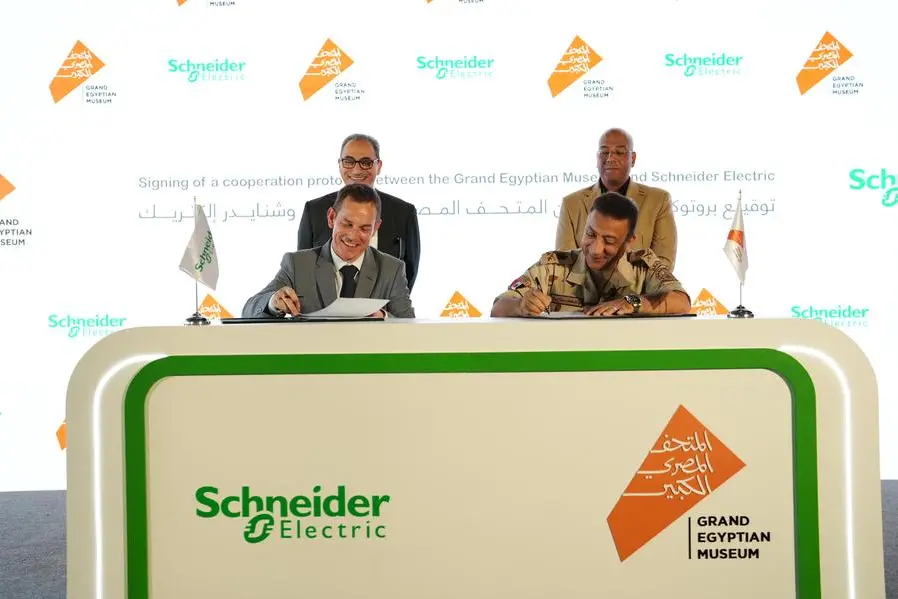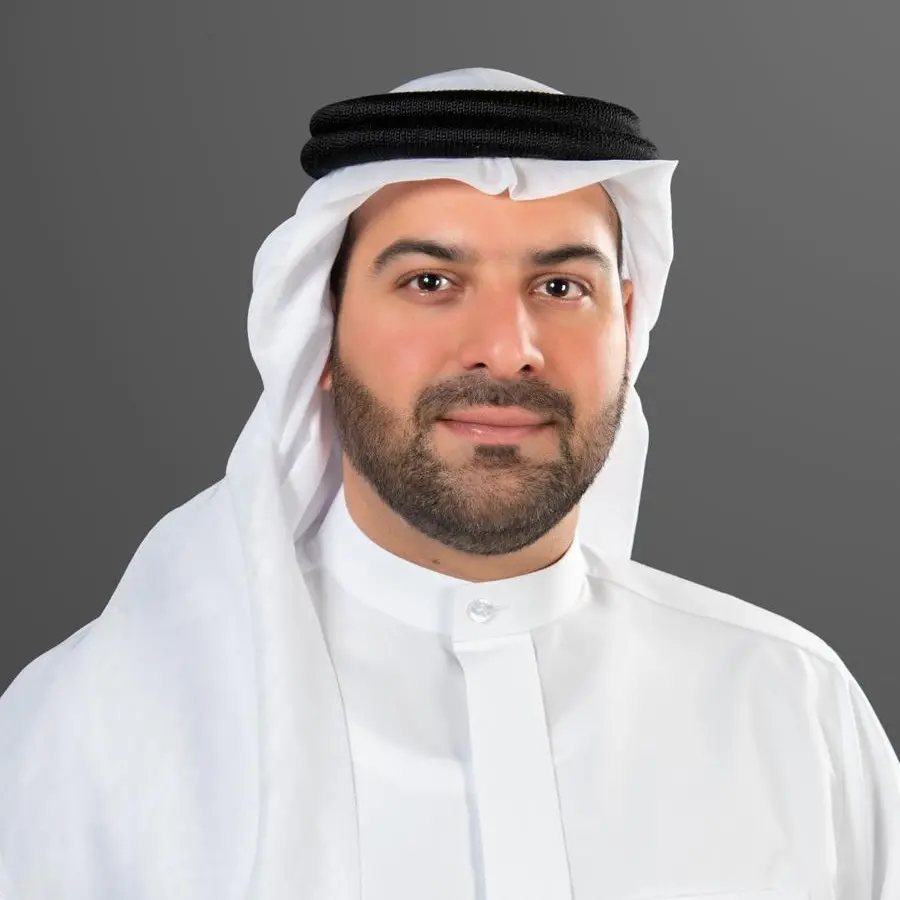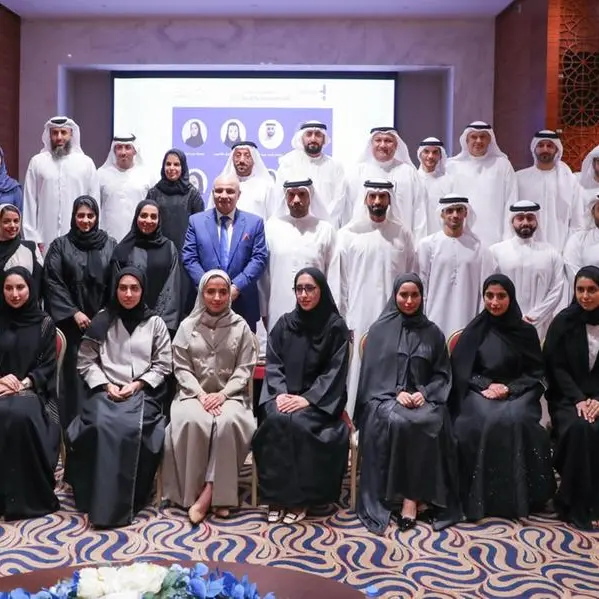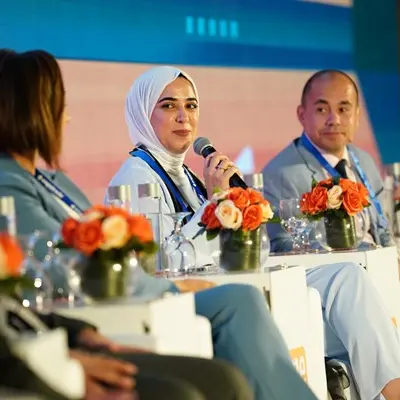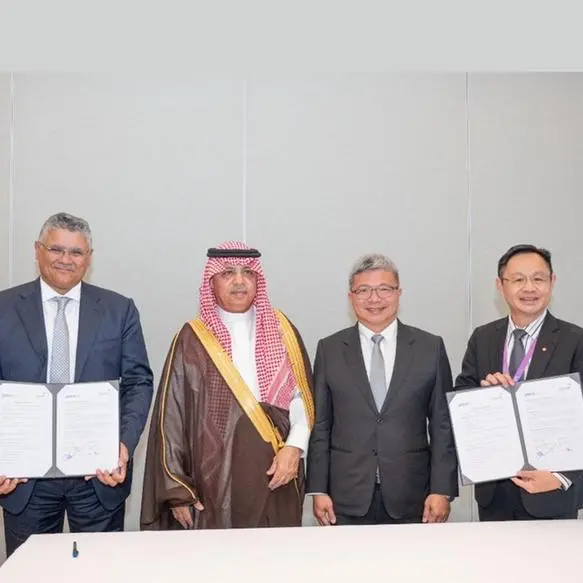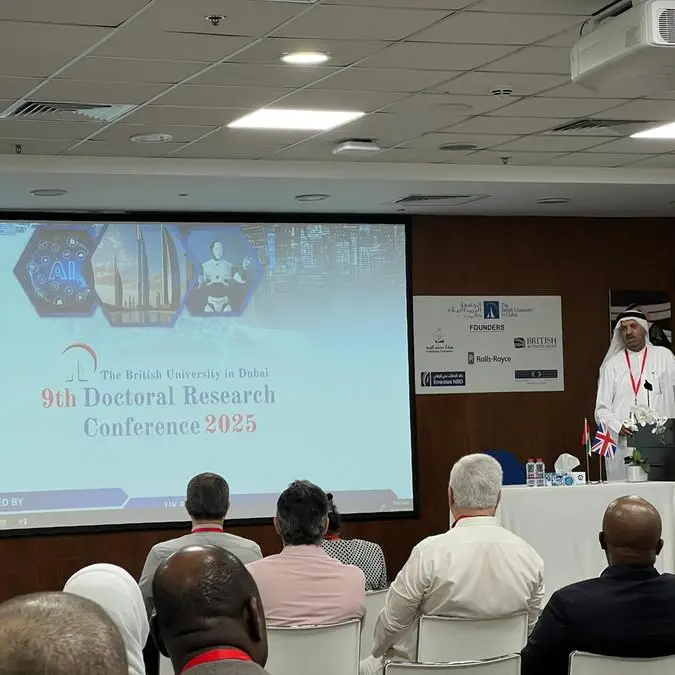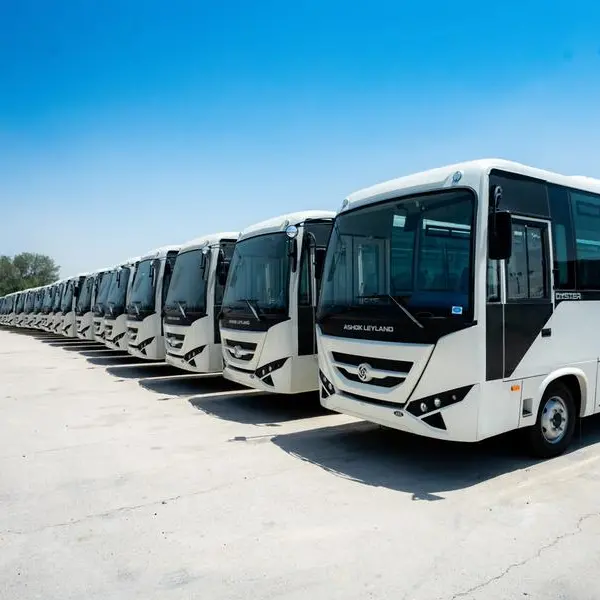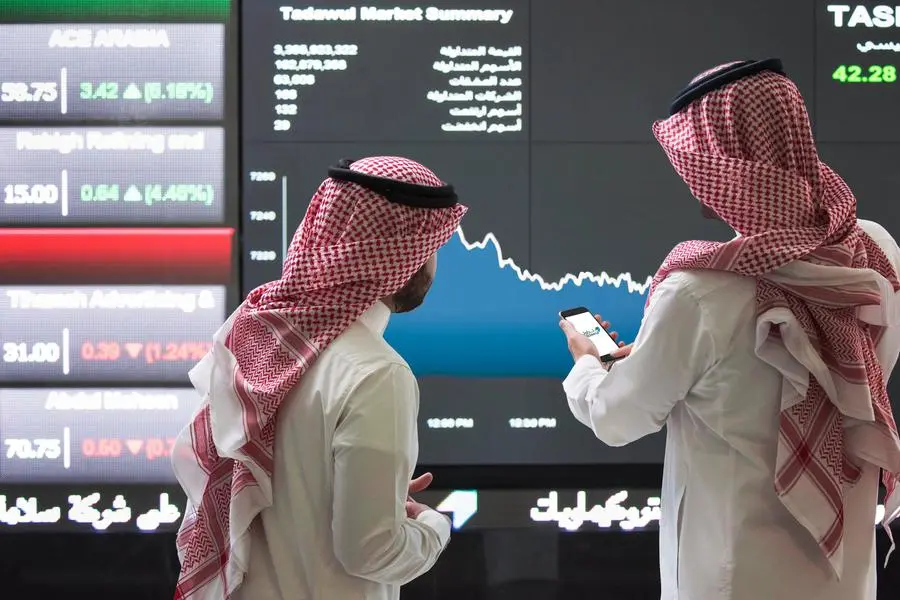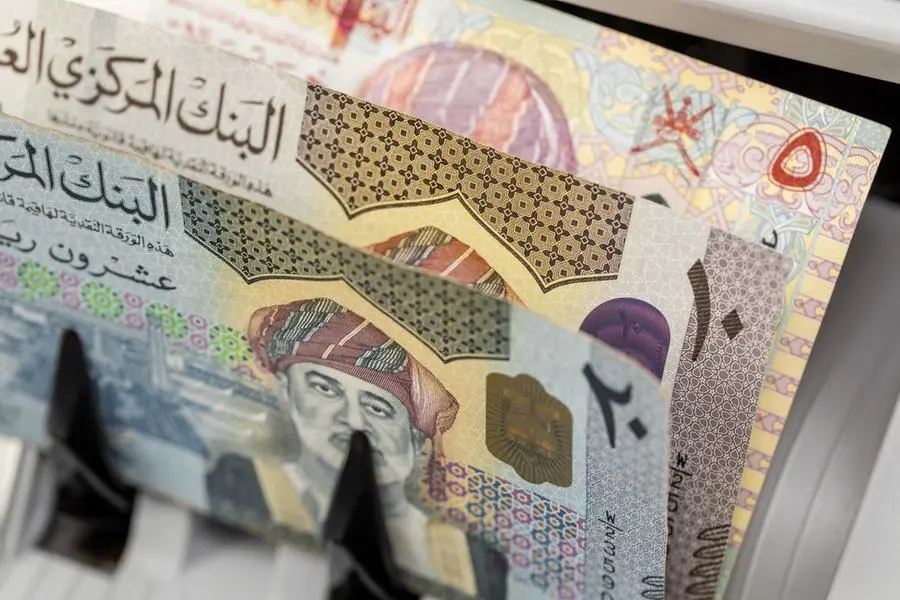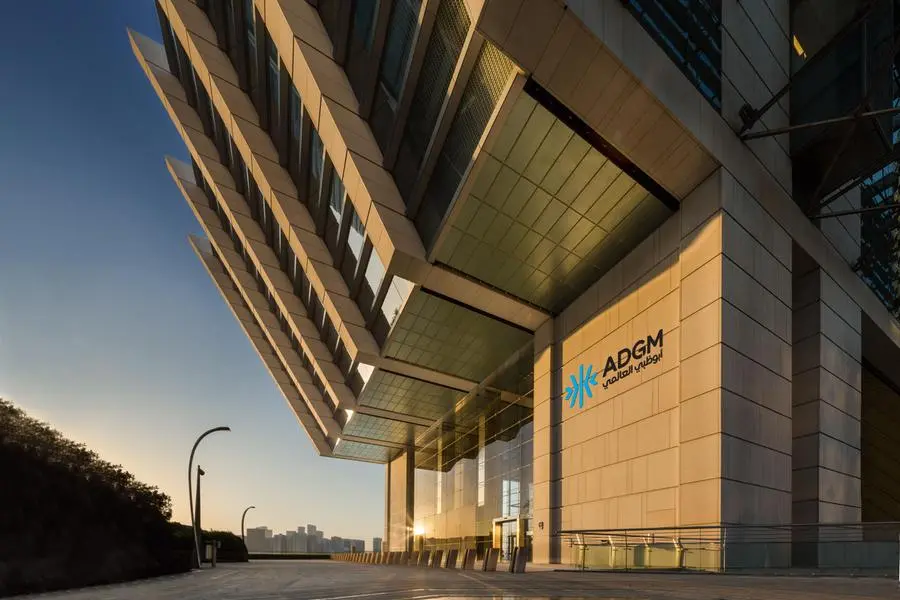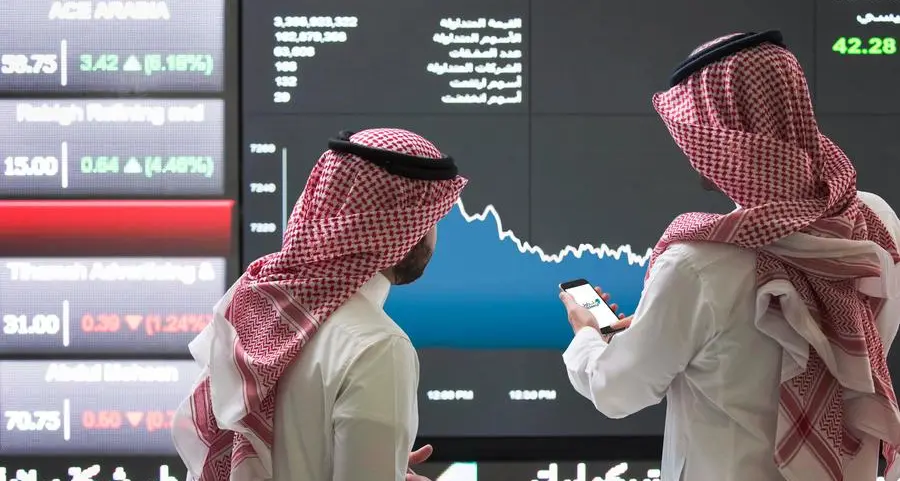PHOTO
Major General Atef Moftah, General Supervisor of the Grand Egyptian Museum project, and Sebastien Riez, CEO of Schneider Electric Northeast Africa & Levant, signing the MoU. Image Courtesy: Schneider Electric
The Grand Egyptian Museum Authority and Schneider Electric, the global leader in the digital transformation of energy management and automation, have signed a Memorandum of Understanding (MoU) to enhance prospects for cooperation through the latest advanced technological solutions provided by Schneider Electric at the museum. The MoU was signed at the Grand Egyptian Museum, the largest museum in the world, which tells the story of the history of ancient Egyptian civilization. The signing ceremony was attended by Major General Atef Moftah, General Supervisor of the Grand Egyptian Museum project and its surrounding area, and Sebastien Riez, CEO of Schneider Electric Northeast Africa & Levant, in the presence of Schneider Electric’s leadership team and officials from the Grand Egyptian Museum.
This partnership is part of the museum's plan to continue its journey toward achieving sustainability and enhancing energy efficiency through technology. The museum has already received numerous awards, including five ISO certifications for occupational safety and health, environmental management, risk management, quality systems, and energy management, and three ISO certifications for the GEM Conversation Center. The museum has also won the "Green Building Award" for Best Project in the field of green construction during the Environment and Development Forum: The Road to the Sharm El-Sheikh Climate Change Conference (COP27), the "BIM Model Award" for Best Facility Construction Model through a smart application, the Gold Certificate for Green Building and Sustainability according to the Egyptian Green Pyramid System from the Housing and Building National Research Center, and the international “EDGE Zero-carbon” certification. The Khufu Solar Boat Museum also received the award for Best Smart Energy Solutions Design globally from Schneider Electric.
The MoU aims to explore the possibility of designing and building a smart musuem concept at the Grand Egyptian Museum using the expertise and solutions of Schneider Electric. This will be achieved through the EcoStruxure platform to manage the museum's infrastructure such as electricity, heating, ventilation, air conditioning system (HVAC), water, gas, data networks, and command and control systems. These solutions help institutions enhance the reliability of the electrical network, quickly predict and address faults more efficiently to ensure uninterrupted power supply, reduce energy consumption, protect against cyberattacks, lower carbon emissions, and assist institutions in achieving their sustainability goals.
The partnership between Schneider Electric and the Grand Egyptian Museum builds on the successful collaboration in the King Khufu Boat Museum project which received the global Best Smart Energy Solutions and Energy Management System award. This recognition serves as an international testament to the efficiency of the museum's engineering design carried out by GEM’s engineering department and Schneider Electric's expert implementation. Schneider Electric provided its Tower Monitoring Expert solutions, enabling energy monitoring and control throughout the museum via a unified, open system that can integrate with other open systems while maintaining the highest cybersecurity standards. This solution is able to improve network reliability by up to 22%, reduce downtime by 5 times, and increase energy efficiency by 24% through smart electrical panels across the museum. In addition, Schneider Electric's solutions help predict and address system failures before they occur, and significantly reducing carbon emissions. The integrated Building Management System also allows for the control of ventilation, air conditioning, and fire alarm systems, enhancing security and safety within the museum. This system ensures a high-quality indoor environment, protecting the Solar Boats—one of Egypt's most significant antiquities—from humidity and weather-related risks.
Commenting on the MoU’s signing, Major General Atef Moftah, General Supervisor of the Grand Egyptian Museum and its Surrounding Area, remarked: "The Grand Egyptian Museum is a symbol of our national identity and cultural heritage, and we are committed to making it a global model for museums. We are thrilled to cooperate with Schneider Electric to leverage the latest technologies to preserve our ancient heritage, offer a unique visitor experience, enhance Egypt's status as a world-class tourist destination, and support the state's sustainable development goals." He added, "The museum's recent receipt of the prestigious international EDGE Advance certification for green buildings, accredited by the International Finance Corporation, part of the World Bank Group, as the first green museum in Africa and the Middle East, is a significant achievement that we are proud of. It enhances our impressive track record and demonstrates our dedication to achieving comprehensive sustainability by reducing environmental impact and conserving natural resources."
Commenting on the MoU signing, Sebastien Riez, CEO of Schneider Electric Northeast Africa & Levant, stated: "We are proud to be part of the Grand Egyptian Museum, a living testament to the fusion of ancient Egyptian civilization and modern technology, offering a unique historical and cultural experience for both Egyptian and foreign visitors at this iconic landmark. Through this strategic partnership, Schneider Electric's smart building solutions will enhance energy efficiency and reduce carbon emissions, aligning with the Grand Egyptian Museum's vision while preserving this invaluable heritage and legacy through advanced technology. This project is one of the most significant projects for Schneider Electric, not only in Egypt but globally. It reflects our commitment to creating impact by empowering all to make the most of our energy and resources."
The Grand Egyptian Museum, one of modern Egypt's most significant achievements, spans over 500,000 square meters. It stands as a testament to the grandeur of ancient Egyptian civilization, housing an extensive collection of artifacts that narrate the evolution of Egyptian civilization over thousands of years. The museum also incorporates interactive technologies, making it a beacon of culture and history. The museum is vital in reinforcing Egypt's position as a global tourist destination.
-Ends-
About Schneider Electric
Schneider’s purpose is to empower all to make the most of our energy and resources, bridging progress and sustainability for all. We call this Life Is On.
Our mission is to be your digital partner for Sustainability and Efficiency.
We drive digital transformation by integrating world-leading process and energy technologies, end-point to cloud connecting products, controls, software and services, across the entire lifecycle, enabling integrated company management, for homes, buildings, data centers, infrastructure and industries.
We are the most local of global companies. We are advocates of open standards and partnership ecosystems that are passionate about our shared Meaningful Purpose, Inclusive and Empowered values.
www.se.com
About Grand Egyptian Museum (GEM)
The Grand Egyptian Museum is a scientific, cultural, and educational institution that is keen to preserve the ancient Egyptian heritage and civilization, and promote scientific research for the sake of humanity, by providing a unique and accessible integrated tourism experience for its visitors based on modern technological means of display. The museum is one of the most important and greatest achievements of modern Egypt, as the largest museum in the world that tells the story of the ancient Egyptian civilization history. It consists of a large number of distinctive and unique artifacts, including the treasures of the golden king Tutankhamun, which are displayed for the first time in full since the discovery of his tomb in November 1922, the collection of Queen Hetepheres, mother of King Khufu (Cheops) who commissioned the construction of the Great Pyramid in Giza, the Museum of King Khufu's boats, in addition to various archaeological holdings from the predynastic era to the Greek and Roman eras.
For more information, visit: https://visit-gem.com/ar/home.
